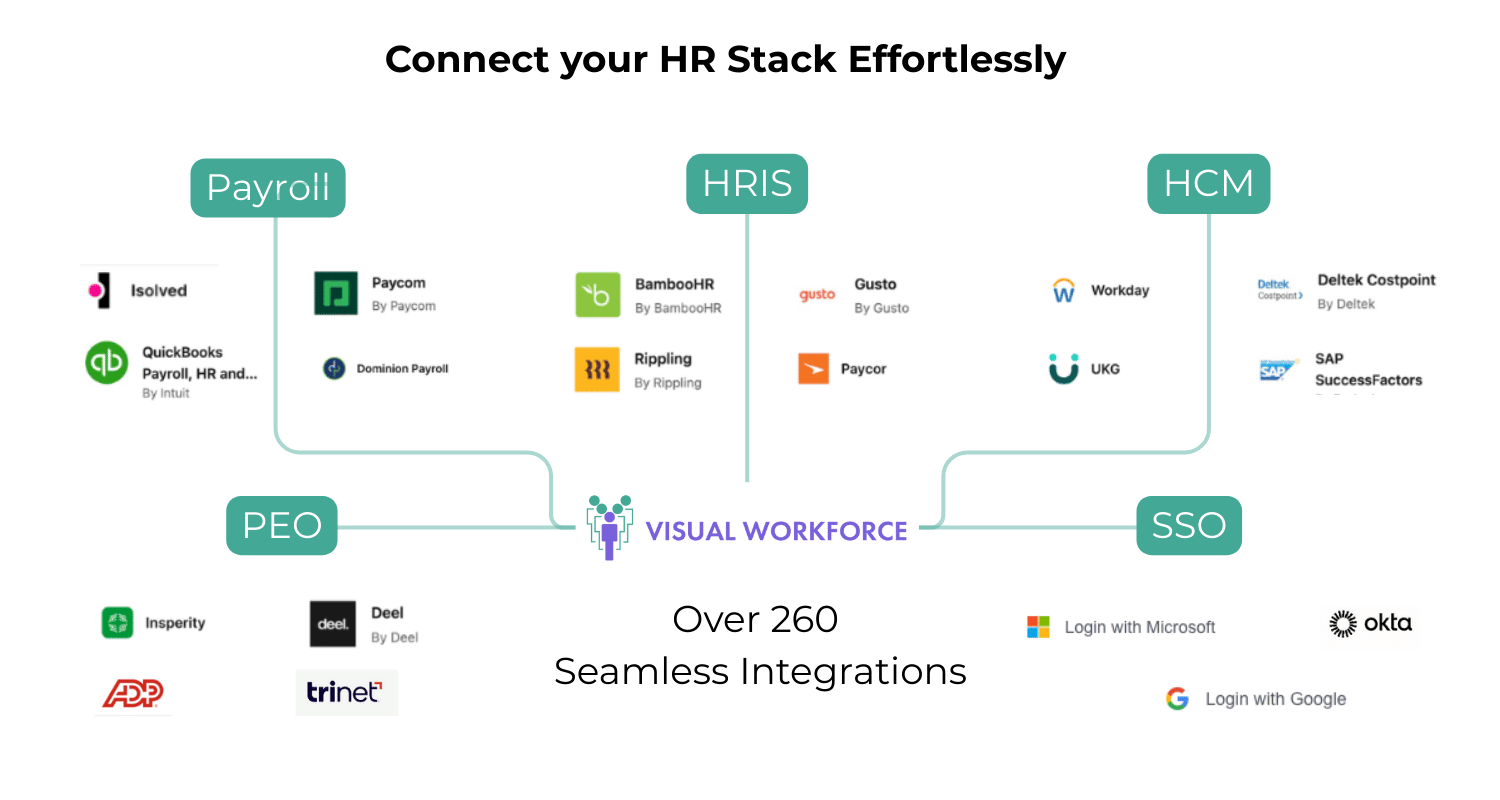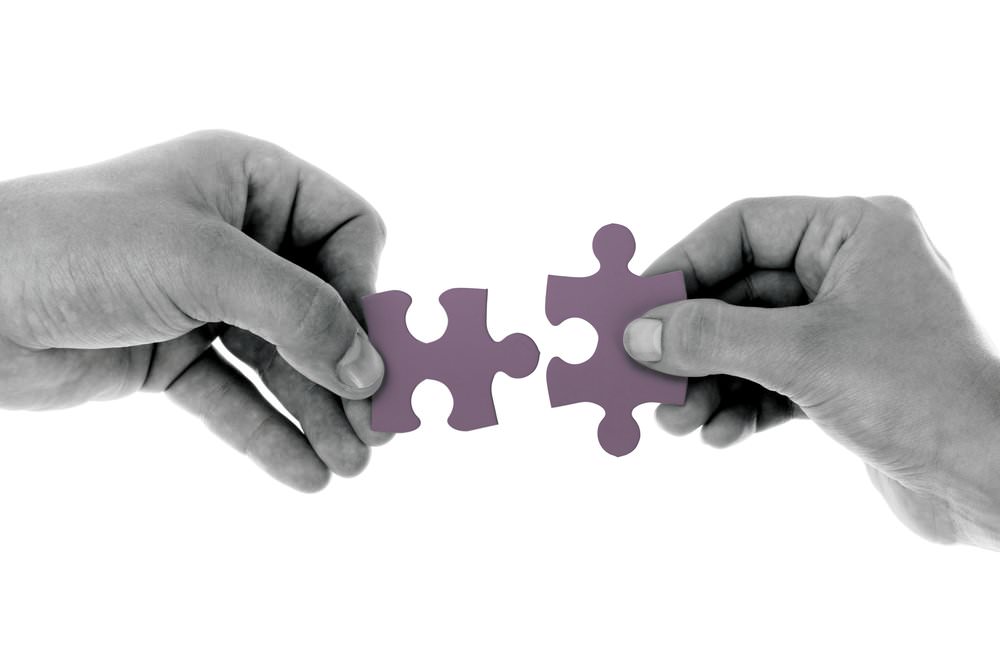How To Prioritize Human Capital in M&A Due Diligence
Mergers and Acquisitions are complex. Evaluating and deciding how two organizations will transform into a single successful venture requires comprehensive due diligence. This involves investigating everything from financial records to business models to intellectual property.
Yet, there’s one element of prospective companies that often gets deprioritized during this rigorous process. People.
People, or human capital, are the most important asset of any organization. They are also the most complex and unfortunately the cause of many failed M&A deals.
Bain & Company: In a study on post-merger integration, Bain found that companies with a clear understanding of their workforce's skills and capabilities were more likely to achieve successful outcomes.
McKinsey & Company: McKinsey has emphasized the importance of skills based organizations in the context of digital transformation, arguing that such organizations are better equipped to adapt to new technologies and market trends.
Acquiring a company soon? In this article, we’ll discuss why and how you should prioritize human capital in your due diligence process.
Where Does Human Capital Fit In The Due Diligence Process?
Conducting due diligence is not just about checking financial statements and projections. It’s about gaining a strong understanding of the business model. At the end of the process, you should have a way to measure the potential synergies, scalability, and operational efficiencies of stemming from the M&A deal.
The keyword here is “measure.” Items like financial statements, intellectual property, and inventories provide measurable data that seamlessly translates into monetary value. However, data on skills, experiences, and proficiencies have traditionally been more ambiguous and difficult to label with a clear value.
Today, there are cutting-edge tools that automatically baselines human capital assets, their hard and soft skills, and their professional experiences through real-time data that’s presented in a powerful, visual way.
Here’s how you can leverage these tools to produce measurable skills data to better inform your valuation.
Add Skills Data To The Data Room
There are two locations buyers and advisors conduct due diligence. In the data room and on-site.
Traditionally, the on-site visit is used to evaluate culture, environment, business management, and labor. Nearly all human capital due diligence is conducted on-site.
On-site visits are usually the final step in the evaluation process, which means human capital is not assessed as core data of the business.
Include skills data on all workforces in the virtual data room (VDR). Both parties should develop an up-to-date skills inventory that provides accurate skills data on all employees in the workforce. This data informs the valuation of technology assets, new products and markets, and operational efficiencies.
Key Benefits of Including a Skills Inventory in the VDR:
Transparent Assessment of Talent: A workforce skills inventory provides a clear and comprehensive overview of the target company's workforce. This allows potential acquirers to assess the quality and availability of talent, identify potential synergies, and evaluate the company's ability to execute its post-merger strategy.
Enhanced Due Diligence: By providing access to a skills inventory, companies can streamline the due diligence process and reduce the time and resources required to gather information. This can help to expedite the deal and increase the chances of a successful outcome.
Improved Negotiation Leverage: A well-documented skills inventory can give the target company a competitive advantage in negotiations. By highlighting the value of its workforce, the company can potentially negotiate better terms and conditions.
Facilitated Integration Planning: A skills inventory can help to identify potential integration challenges and opportunities. By understanding the skills and competencies of the combined workforce, companies can develop effective integration plans to minimize disruption and maximize synergies.
Reduced Post-Merger Risks: By providing a clear picture of the workforce, a skills inventory can help to reduce the risk of post-merger challenges such as employee morale issues, turnover, and decreased productivity.
Key Considerations for Including a Skills Inventory in the VDR:
Data Privacy and Security: Ensure that all sensitive employee data is handled in accordance with applicable privacy laws and regulations. Implement robust security measures to protect the confidentiality of the information contained in the skills inventory.
Accuracy and Completeness: Ensure that the skills inventory is accurate, up-to-date, and complete. This will provide potential acquirers with a reliable assessment of the target company's workforce.
Accessibility: Make the skills inventory easily accessible to potential acquirers within the VDR. Consider using a user-friendly format, such as a searchable database or interactive tool.
Customization: Tailor the skills inventory to the specific needs of the M&A transaction. This may involve highlighting certain skills or competencies that are particularly relevant to the deal.
Leverage Skills Data to Evaluate Post-Merger Synergies
Human capital influences more than cultural synergies. Like we mentioned above, the skills and capabilities of your future workforce influence technology, costs, performance and so much more.
Why? Because people execute the business strategy.
Evaluating skills data during the due diligence process can expose critical skills gaps that threaten the success of post-merger synergies.
For example, Company A is looking to acquire Company B, a small startup, for its unique, cloud-based technology. The technology will increase system productivity by 200% and allow Company A to expand into new product markets. Based on traditional data, acquiring Company B is a great strategic decision with long-term financial benefits.
However, let’s now include real-time skills data into Company A’s due diligence. After using data visualizations to easily interpret the results, it turns out Company A’s workforce does not have the right skills to integrate their existing systems with Company B’s cloud-based technology.
If skills data is included in due diligence, Buyers can proactively evaluate how each workforce will influence post-merger synergies and the overall valuation of the M&A deal. In turn, they will spare themselves extensive costs, inefficiencies, and potentially a failed transaction.
At the end of the day, your goal is “don’t leave money on the table.” M&A transactions are already complex and buyers will inherently incur significant risk. True profits lie in the long-term success of the deal. Therefore, every factor should be evaluated based on measurable, actionable data to mitigate this risk and set your M&A deal up for post-transaction success. Start leveraging tools like Visual Workforce to turn ambiguous human capital into measurable skills data that will inform your overall valuation.
Ready to win the human side of M&A? Start leveraging skills data today with Visual Workforce.
Learn how Visual Workforce helps you automate the discovery and optimization of the skills of your people, teams, and projects to help you easily evaluate human capital in your next M&A deal.








